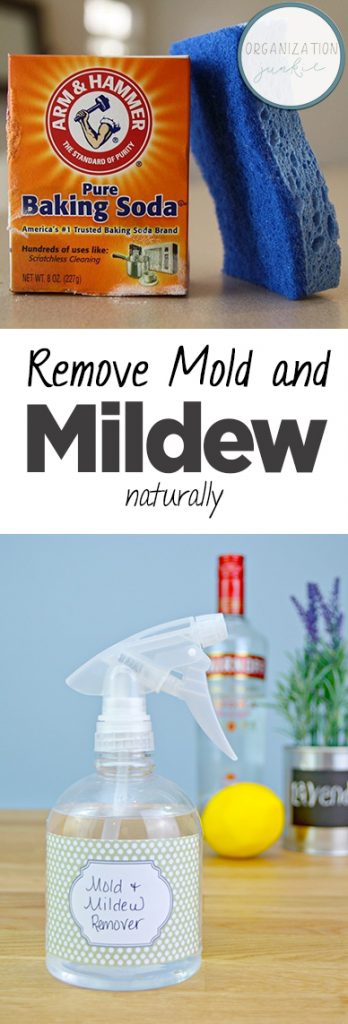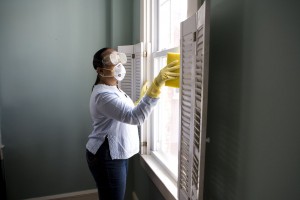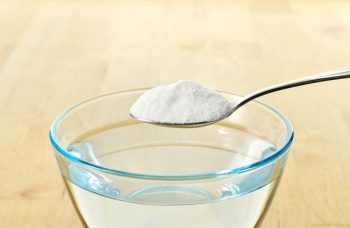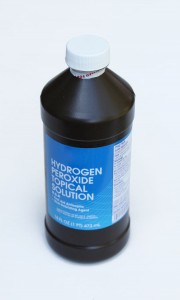
You might be assuming that mildew is one of those things you just have to live with — at least to a certain extent. Nobody likes the sight or smell of it, but it can be hard to keep up with. Especially in wet places like your bathroom, this can become a never-ending battle. Not to mention the fact that mildew’s uglier cousin, mold, tends to take up residence right along with it. When you see mildew and especially mold, it’s tempting to call out the professionals to deal with it for you. While this is a good bet for getting rid of it, it’s not usually necessary. If you don’t have a major invasion on your hands, you can get rid of mold and mildew yourself, with natural ingredients. Here’s how.
1. Vinegar
According to research, vinegar will destroy 82% of mold spores, plus all bacteria and viruses on the surface. Pour straight vinegar into a spray bottle and spray the affected area well. Let it sit for a few hours to work, and then scrub with a brush. Before you scrub, cover your nose and mouth with a mask specifically designed to keep mold spores out.
2. Baking Soda
Baking soda is also very useful when it comes to cleaning up mold and mildew. You can use it mixed with water, vinegar, or both. The most common method is to dissolve the baking soda into water or a vinegar/water solution (50 / 50 or stronger, if you like) and spray it onto the surface. Let it sit for an hour or two to dry, then scrub the area with a damp cloth. Again, you should wear a mask.
3. Hydrogen Peroxide
Hydrogen peroxide actually penetrates surfaces better than bleach does, making it ideal for use on things like wood and fabrics. Use 3% hydrogen peroxide for a typical case of mold, or 10% for a bad case. It does have a mild bleaching effect, so keep that in mind and do a spot test. Spray the affected area heavily and let it work for at least 10 minutes, but more like 20 to 30. Scrub and wipe down the area. For fabrics or smaller upholstery items, place them out in the sun to dry.






Leave a Reply